Tips For How To Grow Chamomile
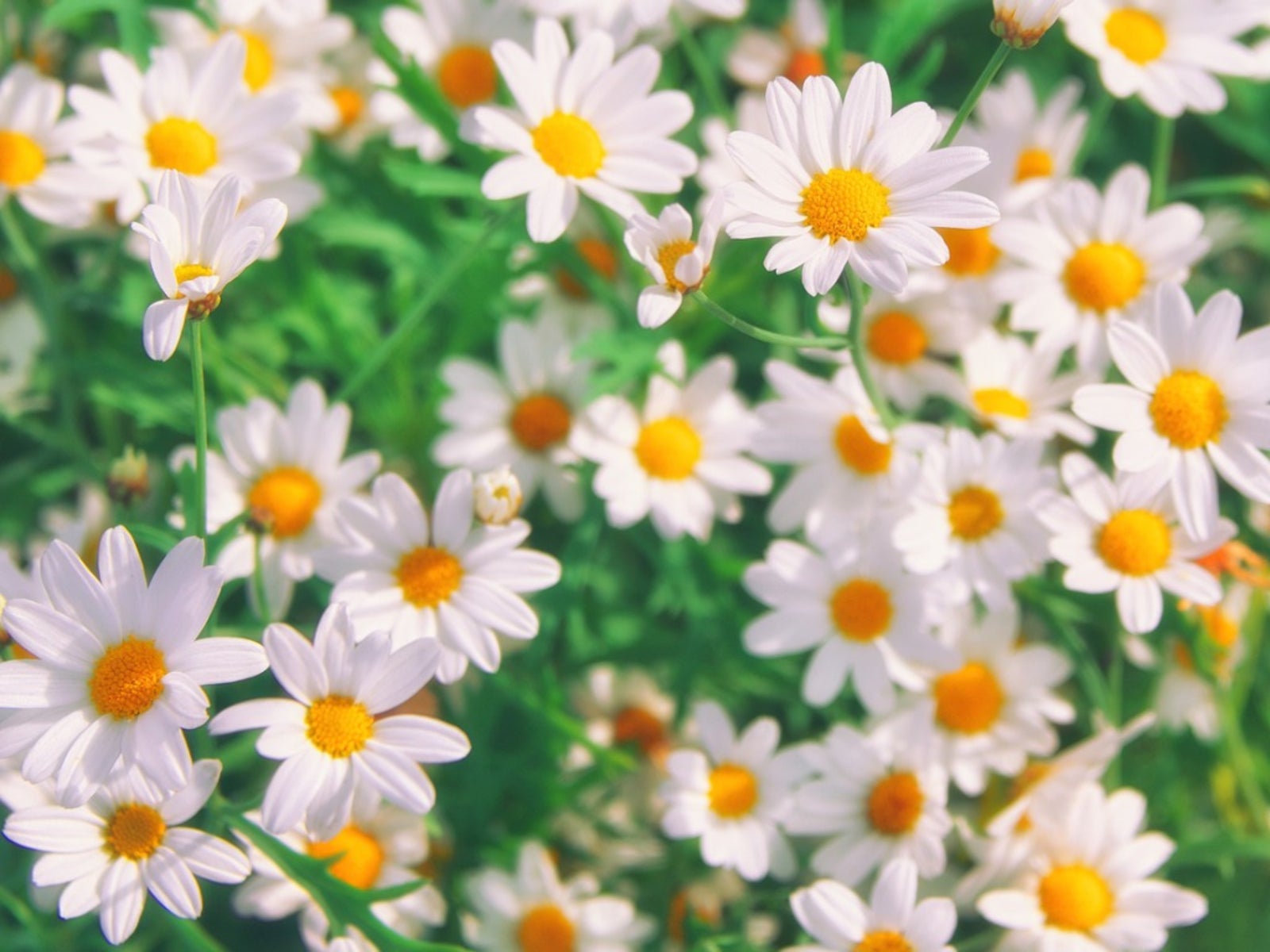

Many people swear by homegrown chamomile tea to calm their nerves. This cheery herb can add beauty to a garden and may have sedative qualities. Chamomile growing in the garden is both useful and visually pleasing.
Identifying Chamomile
There are two kinds of chamomile. The first is Roman chamomile (Chamaemelum nobile) and the other is German chamomile (Matricaria recutita). The Roman variety is the true chamomile but German chamomile is used herbally for nearly the same things. The steps for growing Roman chamomile and growing German chamomile are also nearly identical.
Roman chamomile is also known as Russian chamomile and English chamomile. It is a creeping ground cover that grows like a mat. It has small daisy like flowers with yellow centers and white petals. The leaves are feathery. It is a perennial. German chamomile looks similar to Roman chamomile with the differences being that German chamomile grows upright to the height of about 1 to 2 feet (30 to 61 cm.), and is a reseeding annual.
How to Grow Chamomile Herb
As stated, both kinds of chamomile grow in similar conditions so, from here on, we will refer to them as just chamomile. You can grow chamomile in USDA plant hardiness zones 3 to 9.
Plant chamomile in the spring from either seeds or plants. It's easier to establish chamomile herb in your garden from plants or divisions than from seeds, but growing chamomile from seed is also relatively easy. Chamomile grows best in cool conditions and should be planted in part shade, but will also grow full sun. The soil should be dry.
Once your chamomile is established, it needs very little care. Like most herbs, chamomile grows best when it is not fussed over. Too much fertilizer will result in lots of weakly flavored foliage and fewer flowers. Chamomile is drought tolerant and only needs to be watered in times of prolonged drought. For the most part, chamomile is not affected by many pests.
It is often recommended as a companion plant to plant in the vegetable garden as its strong scent often keeps pests away. That being said, a chamomile plant weakened by lack of water or other issues may be attacked by aphids, mealybugs or thrips.
Gardening tips, videos, info and more delivered right to your inbox!
Sign up for the Gardening Know How newsletter today and receive a free copy of our e-book "How to Grow Delicious Tomatoes".

Heather Rhoades founded Gardening Know How in 2007. She holds degrees from Cleveland State University and Northern Kentucky University. She is an avid gardener with a passion for community, and is a recipient of the Master Gardeners of Ohio Lifetime Achievement Award.
-
 4 Superfast Composting Methods: Turn Waste Into Garden Gold In 30 Days Or Less
4 Superfast Composting Methods: Turn Waste Into Garden Gold In 30 Days Or LessTry the fastest composting methods to turbocharge your pile and transform kitchen scraps and garden waste into finished compost in just a few weeks.
By Mary Ellen Ellis
-
 Best Spider Plant Soil – Complete Soil Guide And Expert Tips For Keeping Plants Happy
Best Spider Plant Soil – Complete Soil Guide And Expert Tips For Keeping Plants HappySpider plants are fun and easy plants to grow, but what is the best soil for a spider plant? Selecting the right soil is important so they can thrive.
By Bonnie L. Grant
-
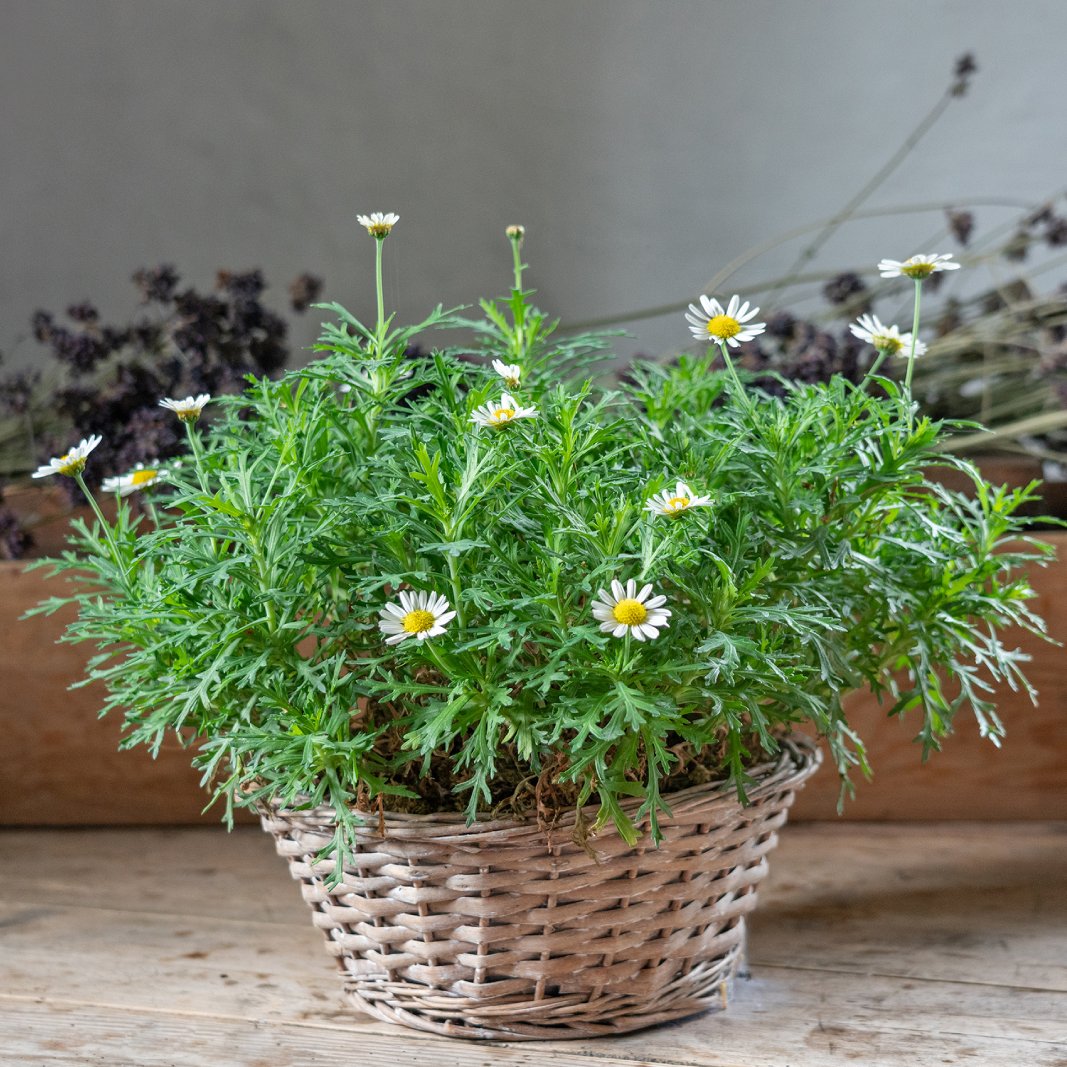 Chamomile In Containers: Growing Chamomile In Pots
Chamomile In Containers: Growing Chamomile In PotsBy Mary Ellen Ellis
-
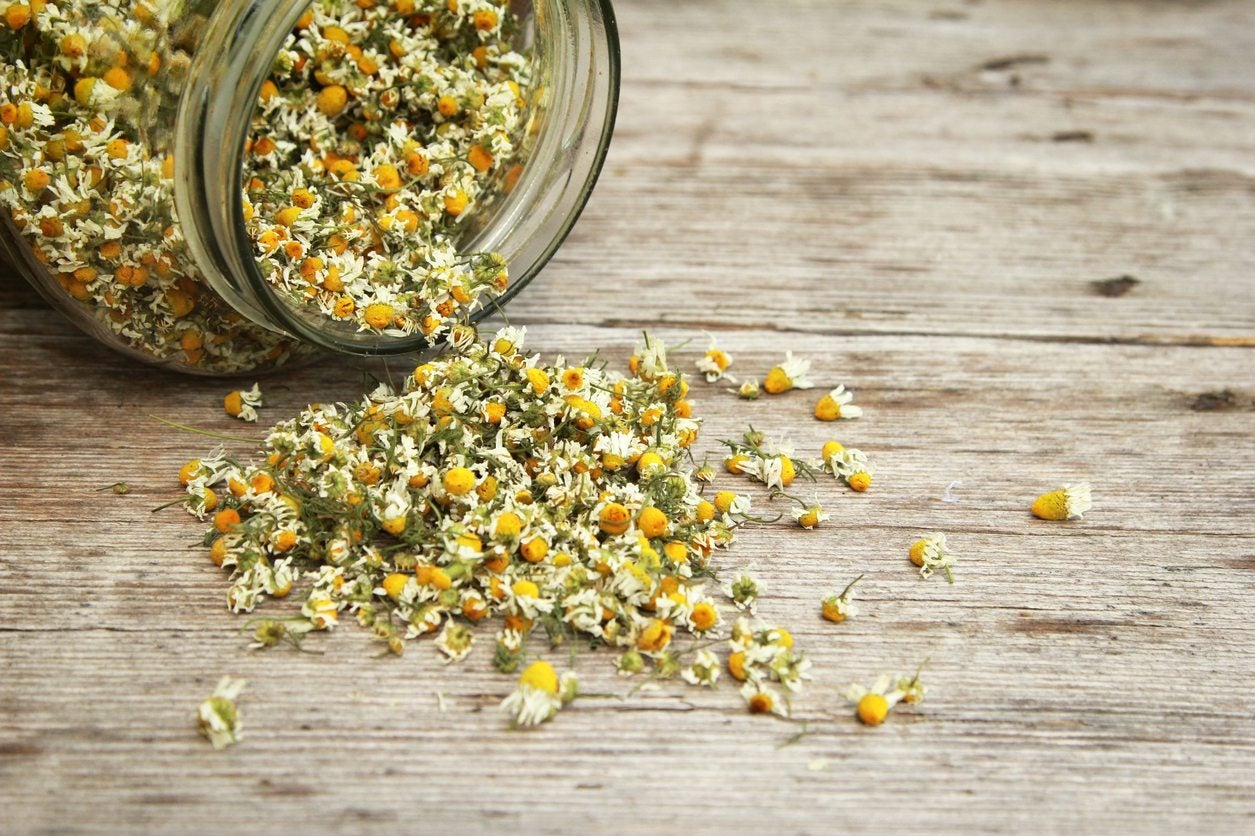 How To Dry Chamomile Plants – Tips For Drying Chamomile Flowers
How To Dry Chamomile Plants – Tips For Drying Chamomile FlowersChamomile, unlike other herbs, is harvested just for its lovely, daisy-like flowers, which are then preserved. Chamomile preservation basically means drying the chamomile flowers. There are four chamomile drying techniques. Click here to find out how to dry chamomile.
By Amy Grant
-
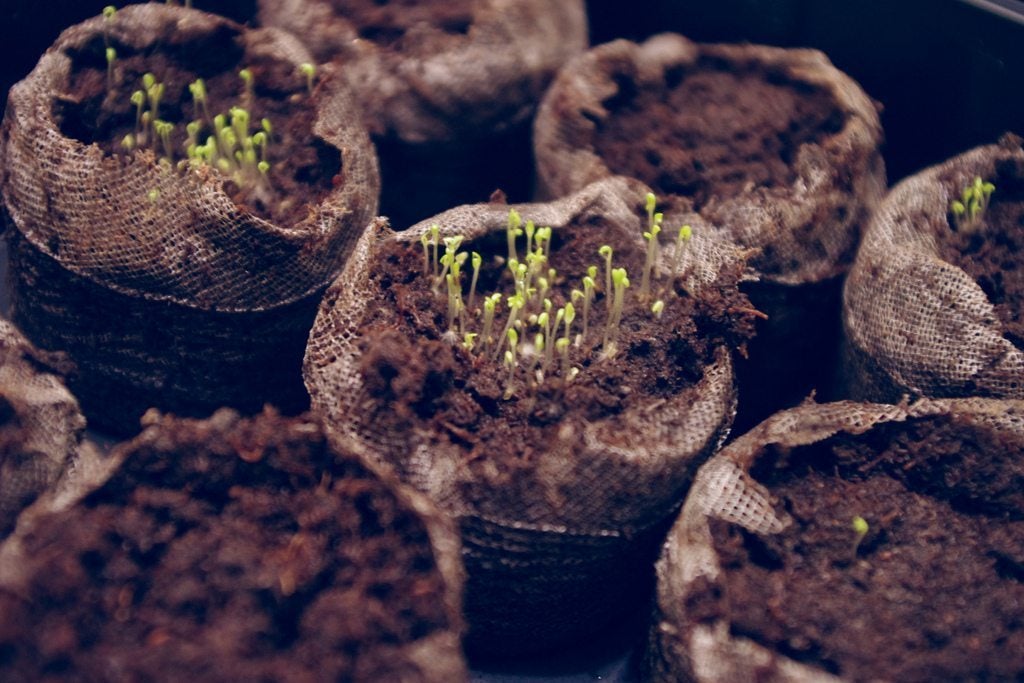 Chamomile Seed Info: How And When To Plant Chamomile Seeds
Chamomile Seed Info: How And When To Plant Chamomile SeedsAll chamomile types produce an abundance of seed that will quickly self-sow wherever it lands in warm, loose soil. Click on the following article to learn more about growing chamomile from seed and when to plant chamomile seeds in the garden.
By Darcy Larum
-
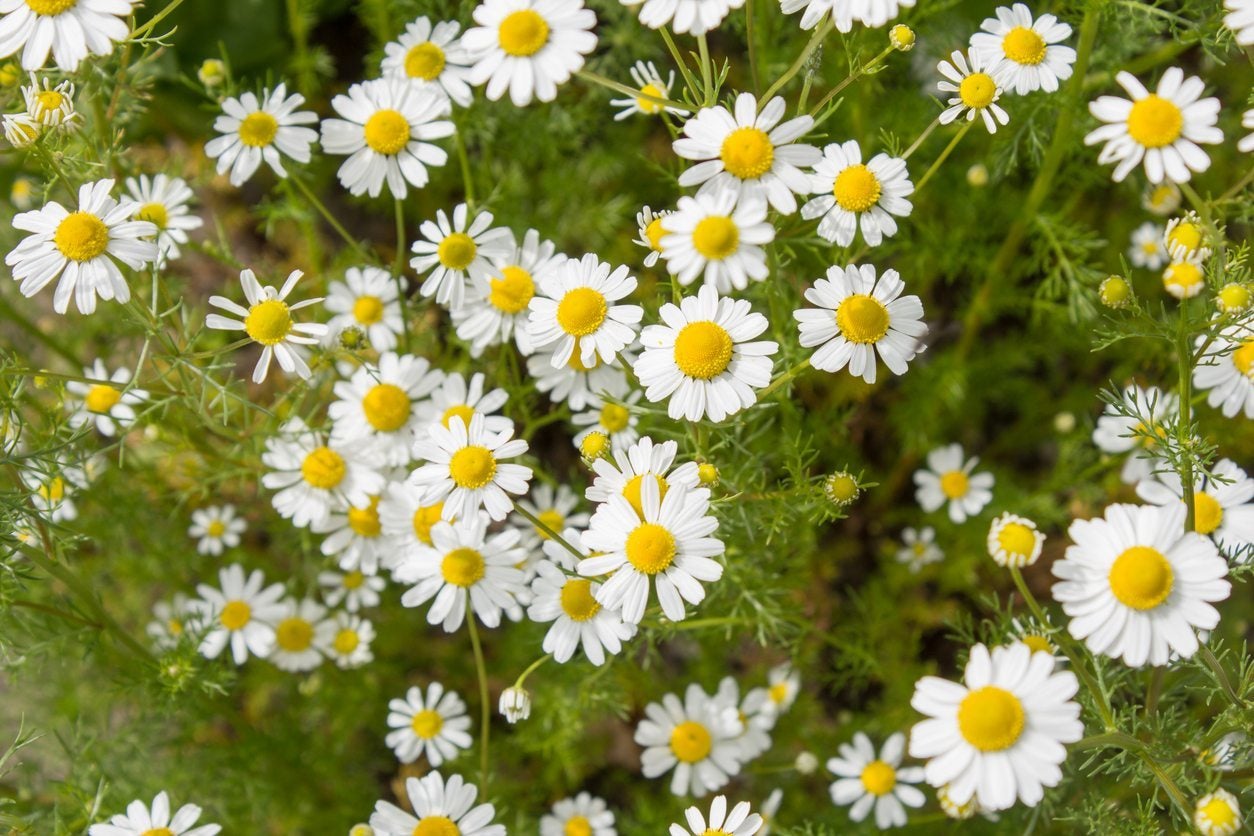 Chamomile Not Flowering: Why Won’t My Chamomile Bloom
Chamomile Not Flowering: Why Won’t My Chamomile BloomChamomile is usually the go-to remedy for so many things, but what can you go to when it is a chamomile plant that needs a remedy - for example, how to make a chamomile plant flower if it's not. Learn more about non-blooming in chamomile here.
By Darcy Larum
-
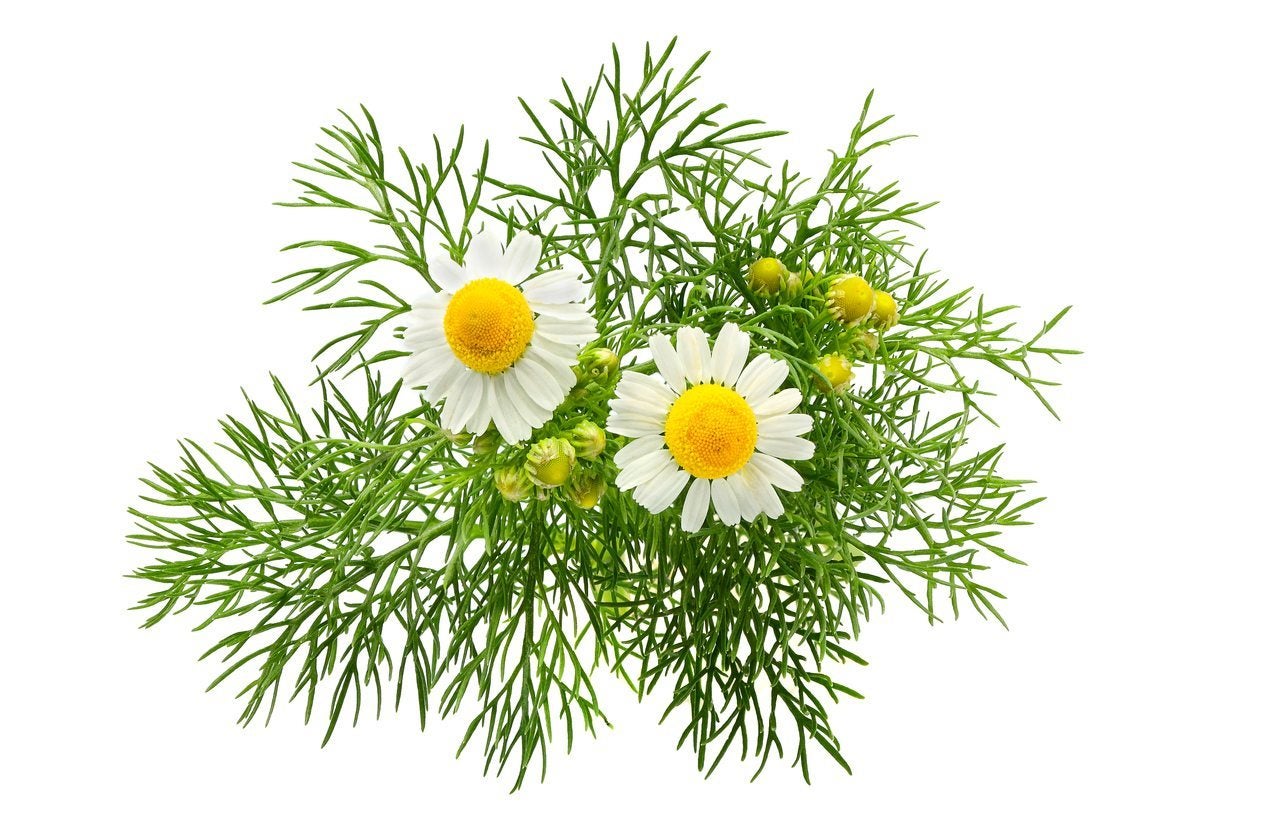 Roman Vs. German Chamomile – Learn About Different Types Of Chamomile
Roman Vs. German Chamomile – Learn About Different Types Of ChamomileIf you're so fond of the tea that you decide to grow chamomile in your own garden, you may be surprised to find that there are different types of seeds and plants available. Click here to learn about distinguishing between different chamomile varieties.
By Darcy Larum
-
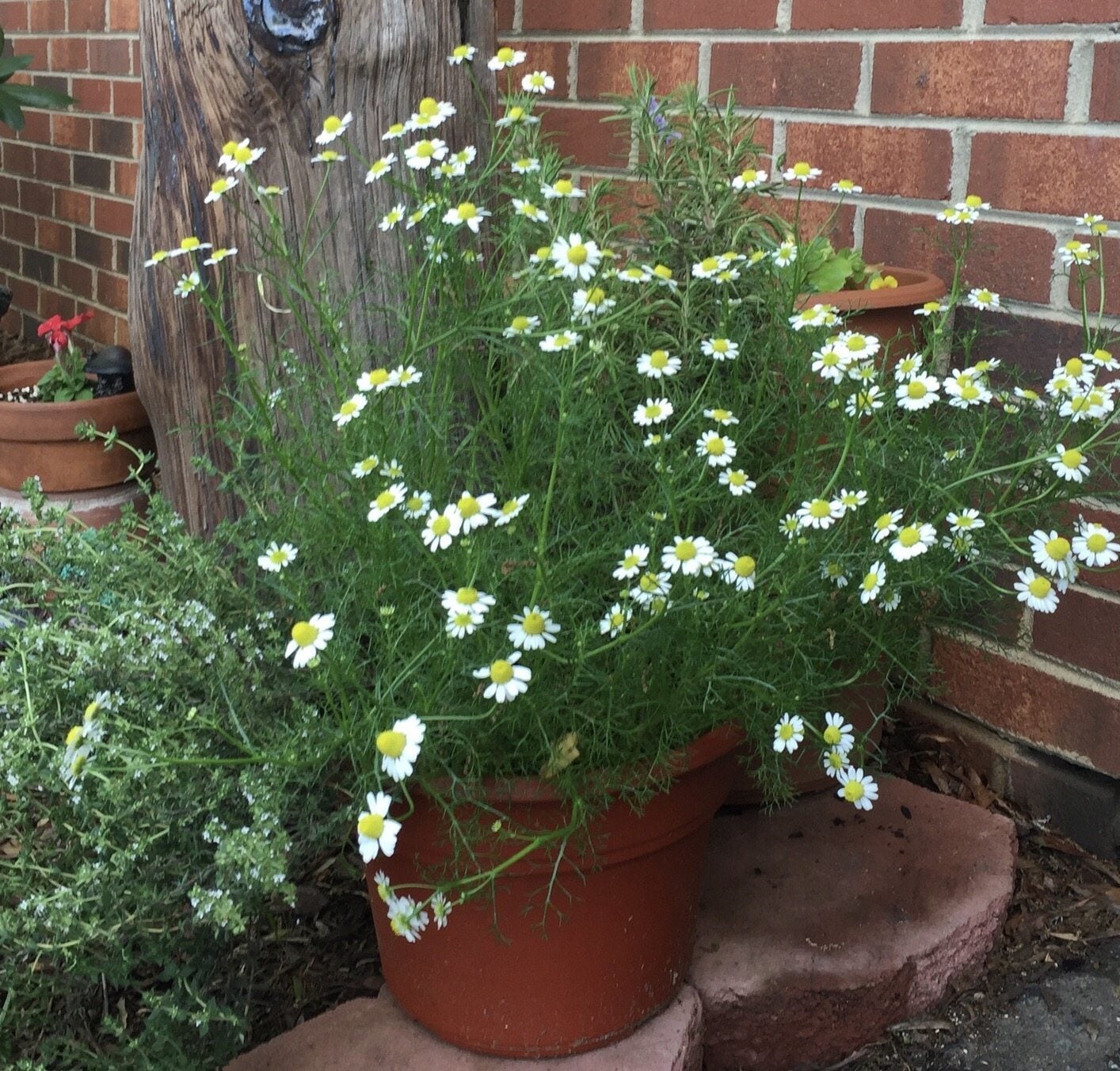 Potted Chamomile Plants – How To Grow Chamomile In A Container
Potted Chamomile Plants – How To Grow Chamomile In A ContainerGrowing chamomile in containers is perfect if you're worried the generous self-seeder may be too rambunctious in the garden. Click fore more.
By Mary H. Dyer
-
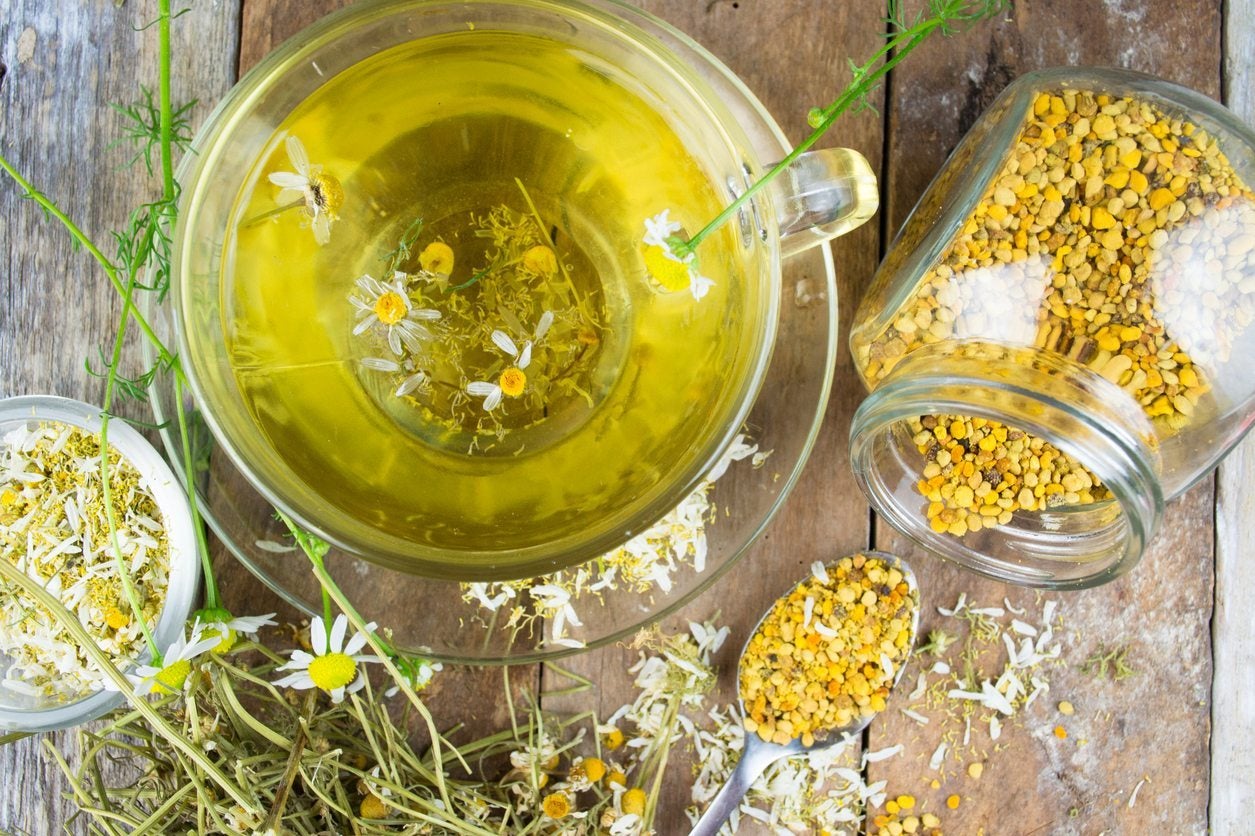 Is Chamomile Edible – Learn About Edible Chamomile Uses
Is Chamomile Edible – Learn About Edible Chamomile UsesTraditionally, many generations have appreciated chamomile for its curative qualities, and to this day, people rely on chamomile tea to calm frazzled nerves and relax at bedtime. But is chamomile edible, and if so, what parts of chamomile are edible? Find out here.
By Mary H. Dyer
-
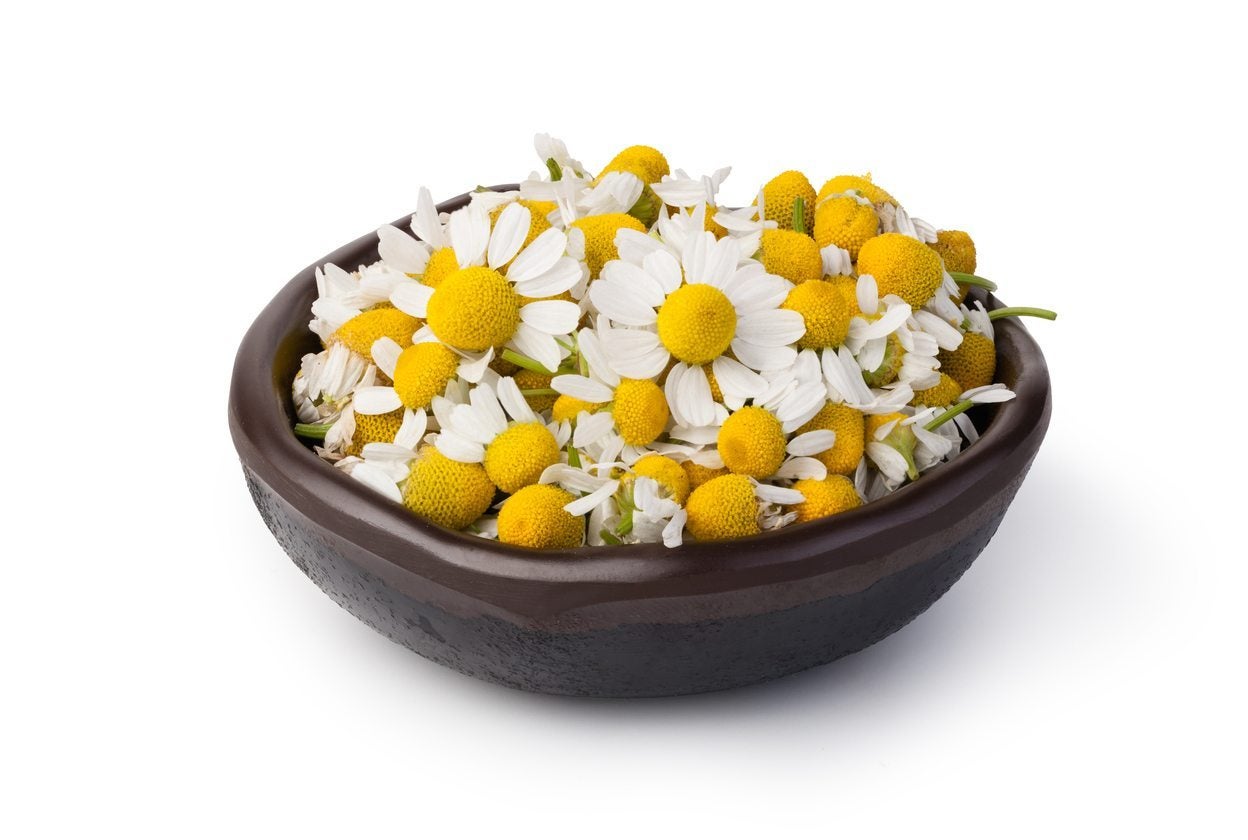 Harvesting Chamomile Plants: When To Pick Chamomile Flowers
Harvesting Chamomile Plants: When To Pick Chamomile FlowersChamomile is useful for so many ailments and is easy to grow too, but how do you know when to pick chamomile? Not only do you need to know when to harvest chamomile, but how to harvest chamomile. Click this article to find out about picking chamomile plants.
By Amy Grant